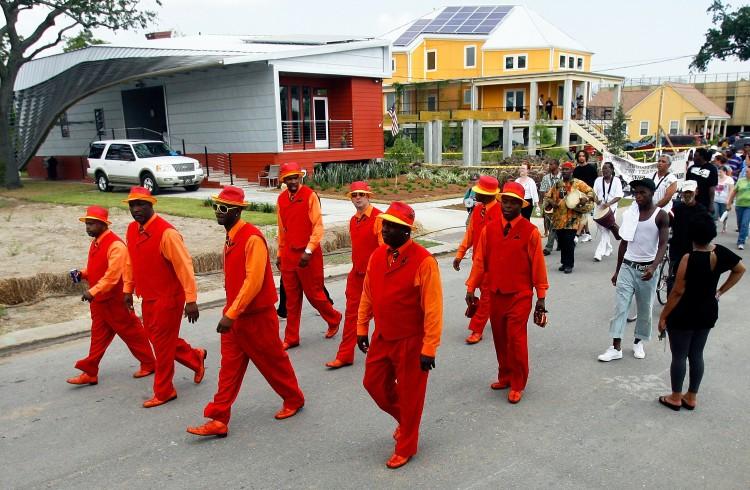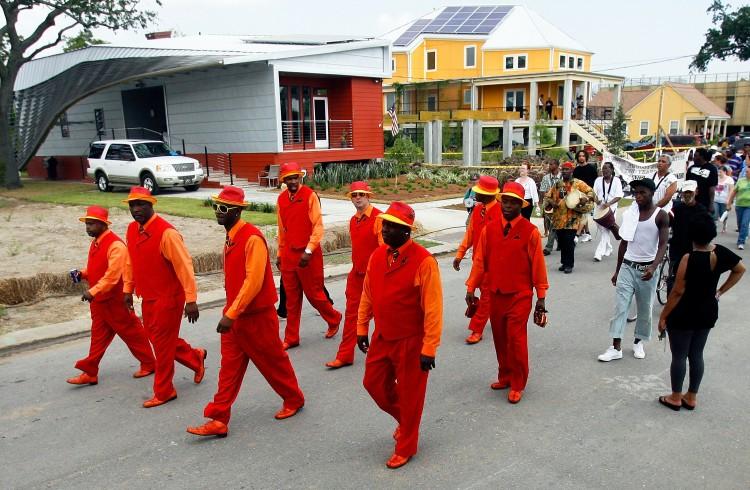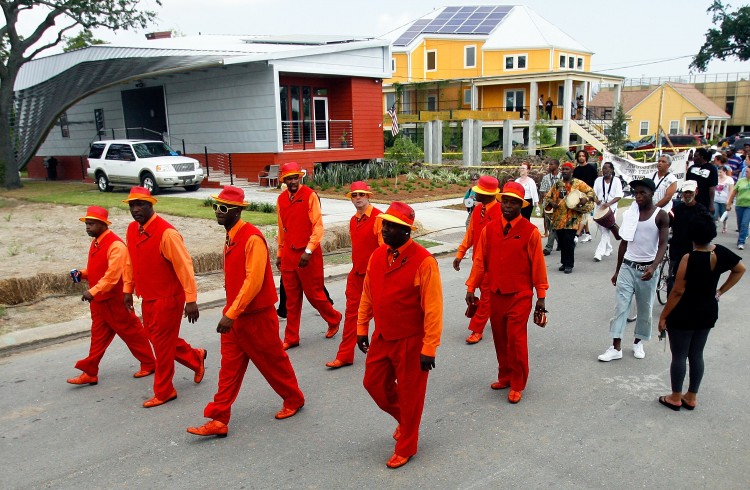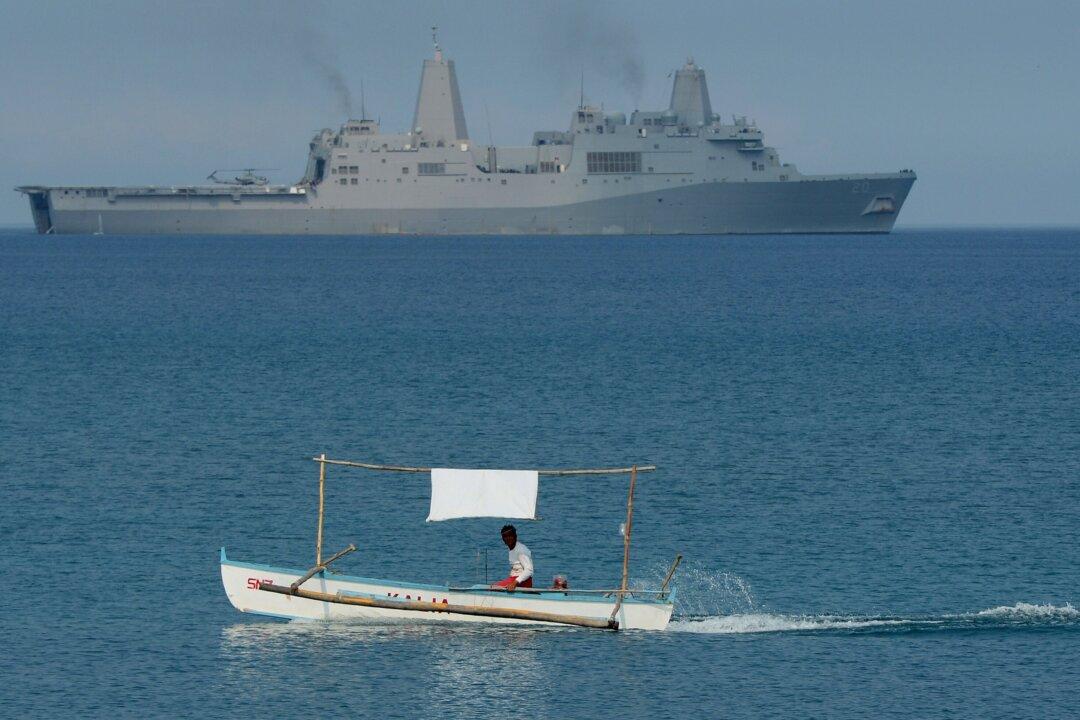WASHINGTON—This week marks the seventh anniversary of Hurricane Katrina, the costliest natural disaster and among the deadliest hurricanes in U.S. history. While the disaster identified gaping holes in U.S. disaster preparedness and many gaps have since been plugged, new kinds of challenges are testing government agencies.
Nearly 2,000 people lost their lives after Hurricane Katrina crossed the Gulf Coast Aug. 29, 2005. Many lives were lost as a result of the storm surge, which hit Louisiana and Mississippi particularly hard, breaching the New Orleans levee system and flooding 80 percent of the city and surrounding area; much of it already below sea level. According to the National Oceanic and Atmospheric Administration (NOAA), the estimated cost of the damage to the Gulf Coast, runs as high as $125 billion.
Much has been done to study what went wrong in the management and rescue effort surrounding Katrina. The size of the disaster tested emergency procedures across local, state, and federal agencies.
Weather forecasters clearly identified the danger Katrina presented days earlier and yet evacuation was not enacted until the day before it hit. Federal and state agencies were blocked by policies preventing a united and coordinated plan of action; information was not shared across agencies; and chains of command were little articulated.
According to Harvey E. Johnson Jr., (USCG, retired vice admiral) and former deputy administrator and chief operating officer of FEMA, there have been great gains. When Hurricane Gustav, a near repeat of Katrina, landed on the Louisiana coast in 2008, New Orleans was a ghost town, he said. Several million people had been evacuated and over 35,000 of those who needed assistance were moved to safety, including 66 critical care patients. No lives were lost.
There were “26 prescripted missions” of likely disaster scenarios and action plans following Katrina, he told a forum on disaster preparedness at the Washington-based Heritage Foundation on Aug. 14.






